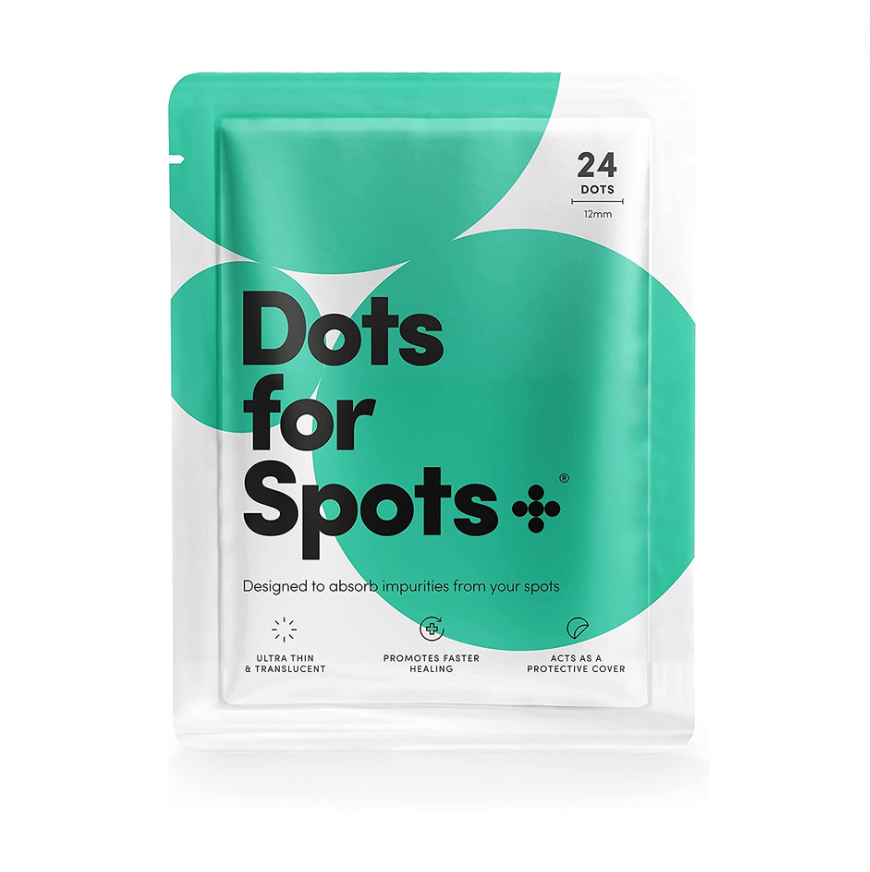A guide to cheek acne, from causes and triggers to dermatologist-approved skincare products
We asked dermatologists for their expert insight into acne on cheeks, from causes and triggers to treatment options
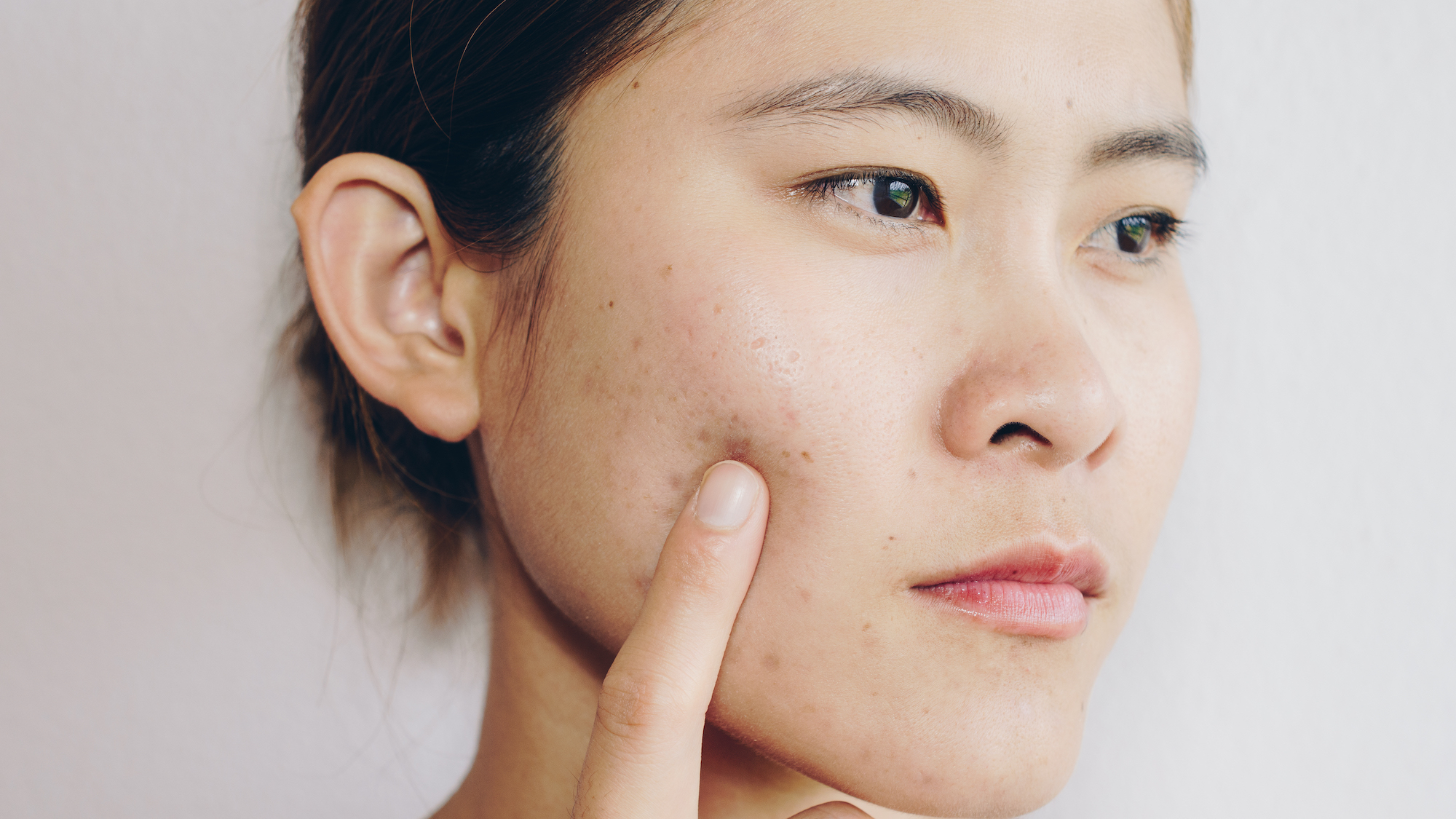

Acne on cheeks is one of the most common areas for these types of breakouts, but that doesn’t offer much comfort when the condition of your skin is really getting you down. That’s why we called upon some of the industry’s leading dermatologists to shed some light on the why and the how (to help get rid of it).
Thankfully, the best acne treatments are more effective than ever before and can help you figure out the perfect skincare routine for acne, whether you’re struggling with cheek acne, chin acne, or forehead acne. On top of our years of experience writing about skincare, Marie Claire’s beauty team is lucky enough to be able to tap into doctors’ knowledge about the skin – including the different types of acne.
Here’s what the experts have to say about acne on cheeks, from causes and triggers to skincare products and treatments that can help you deal with it. Consider this your need-to-know guide...
How to get rid of acne on cheeks: the expert guide
What causes acne on cheeks?
The root cause of acne remains the same wherever it’s prevalent on the face or body and, as the NHS notes, its presence has nothing to do with hygiene. As cosmetic dermatologist and skincare brand founder Dr Sam Bunting explains, acne begins with an excess of oil, which in turn leads to clogged pores.
“When this happens, it leads to the formation of comedones – those annoying skin-coloured bumps you often see best under unkind lighting are called closed comedones,” she tells us. “If these are open to the air, they are called blackheads or open comedones. A bacteria called C. acnes then thrives in the clogged, oily pore, and as a consequence we get inflammatory lesions.” These can be anything from whiteheads, papules and pustules to deeper, painful nodules or cysts.
However, there are some factors that can trigger or worsen acne, such as hormone levels, as well as some that affect the cheeks specifically. Consultant dermatologist Dr Anjali Mahto notes that your smartphone may play a role here, especially if you’ve noticed they’re worse on one side of your face.
“Touch screens contain large numbers of bacteria on their surfaces,” she writes in her book, The Skincare Bible. “Placing your phone against your cheek creates pressure that may activate your sebaceous glands. Combined with heat generated from the phone and bacteria on the phone surface, acne can result.” To combat this? “Get into the habit of cleaning your smartphone regularly, and where possible use [it] hands-free,” she advises.
Marie Claire Newsletter
Celebrity news, beauty, fashion advice, and fascinating features, delivered straight to your inbox!
Another potential contributing factor that Dr Mahto notes is that “Shaving and in-grown hairs can commonly cause acne or folliculitis (inflamed hair follicles) in the cheek, chin, jawline, and neck area.”
While some people notice a link between acne and dairy, this isn't a given link for everybody with acne-prone skin. "One of the most common questions that I'm asked is whether certain foods cause acne," consultant dermatologist Dr Thivi Maruthappu tells us. "While some people may notice acne flare-ups after eating certain foods – particularly after high-sugar foods or low-fat milk – these should be considered as triggers rather than a cause. I see many patients for whom reducing these foods makes little or no change to their acne, so please don't blame yourself for your breakouts!"
How to treat acne on cheeks
The first thing to stress is that, if your blemishes are particularly persistent or severe, or are having a big impact on your mood, you should seek medical advice. “My key takeaway would be that no one should be suffering in silence because of their skin,” Dr Mahto tells us. “If you have tried over-the-counter products that have failed to work, your acne is affecting how you feel or is causing scarring or pigmentation, then these are all signs that you should be seeking medical attention.
“A lot of people in the skincare/aesthetic field say they can treat acne, but the only professionals fully qualified and trained extensively in this area are consultant dermatologists,” she adds. “If seeking help from a consultant dermatologist privately is cost prohibitive, your first port of call would be with your NHS GP. They can offer advice and some courses of action, but often they will refer to a consultant dermatologist as this is our area of expertise.”
If you’re not quite at that stage, however, there are a number of effective products that our experts recommend that can help you to build a skincare routine for acne, as well as some key points to bear in mind.
“Rich essential oils and heavy emollients can exacerbate acne by clogging pores and causing congestion,” says Dr Alexis Granite, consultant dermatologist for CeraVe. “Over-stripping the skin with harsh cleansers can also worsen spots by disrupting the skin barrier, so it's important to strike a balance between a thorough cleanse and not over-drying. Ingredients such as hyaluronic acid, beta-glucan and glycerin can help provide moisture without clogging the skin or exacerbating spots, which is why I always recommend CeraVe.”
All of the dermatologists we spoke to recommend the same set of ingredients when it comes to managing acne-prone skin (don’t use them all at once, but they are useful to know about when shopping for skincare). The need-to-knows are salicylic acid, niacinamide, retinoids, azelaic acid, and benzoyl peroxide.
Acne patches can also be helpful in that they provide a physical barrier over blemishes, often made from a substance called hydrocolloid that helps to soothe inflammation. However, they’re better suited to individual angry spots rather than breakout clusters.
There are also some lifestyle changes that can help reduce acne triggers. First things first, no matter how tempting, touch your skin as infrequently as possible. “Although it’s tempting to touch your face, doing so can spread dirt, oil, and bacteria from your hands to your face,” explains Dr Granite. “Only touch your face when you’re cleansing, moisturizing, or applying sunscreen or makeup, and make sure your hands are clean first.”
Another smart move is to make sure you’re washing your bedding regularly. “The impact of your pillowcase is relatively mild in the grand scheme of acne,” Dr Granite continues. “However, dead skin cells, skin oil (sebum), microbes, makeup, pet hair and even saliva from drooling can all collect on pillowcases so it's a good idea to change them regularly. I would suggest once-twice weekly.” Below are some expert-approved products for acne-prone skin to shop now.
The best products for acne on cheeks
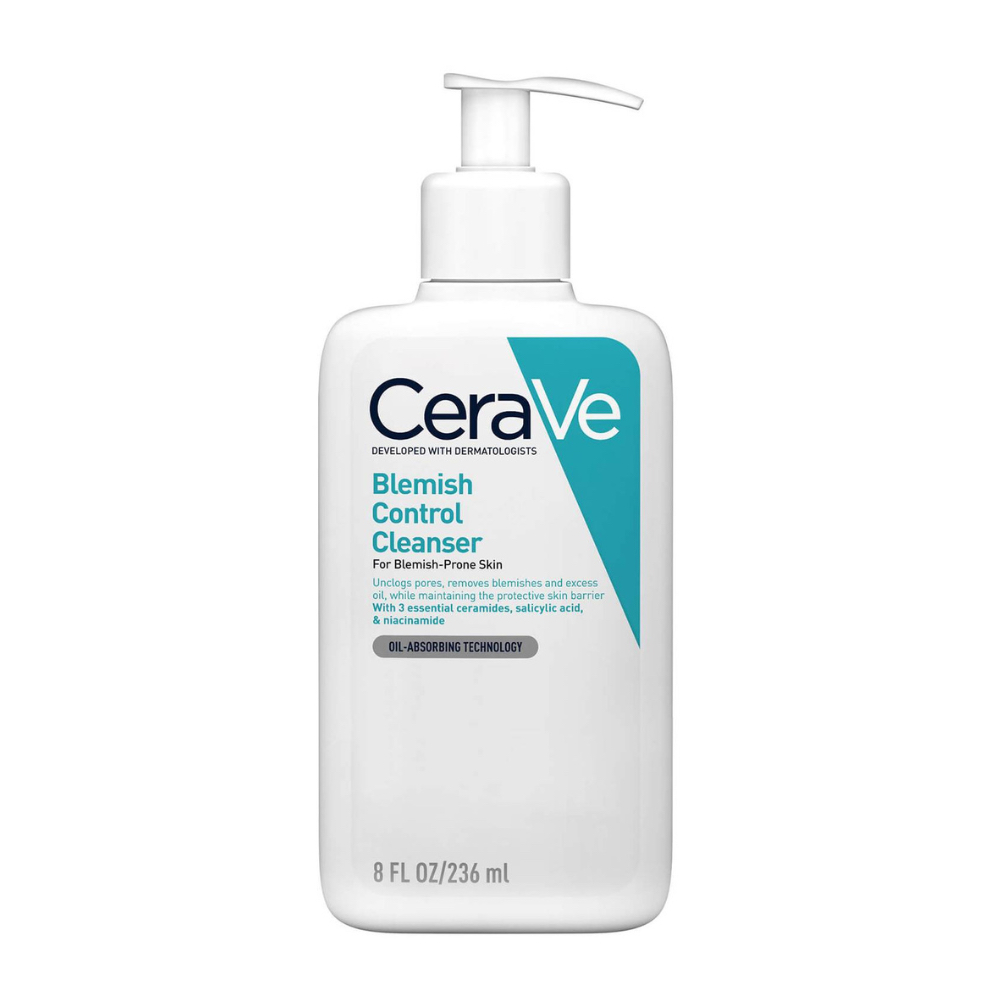
Containing two of the ingredients our experts suggests for acne-prone skin, this cleanser comes from the latest CeraVe range to hit UK shop shelves. Recommended by more than one of our derms, it cleanses with just the right amount of exfoliating acids to help clear out your pores.
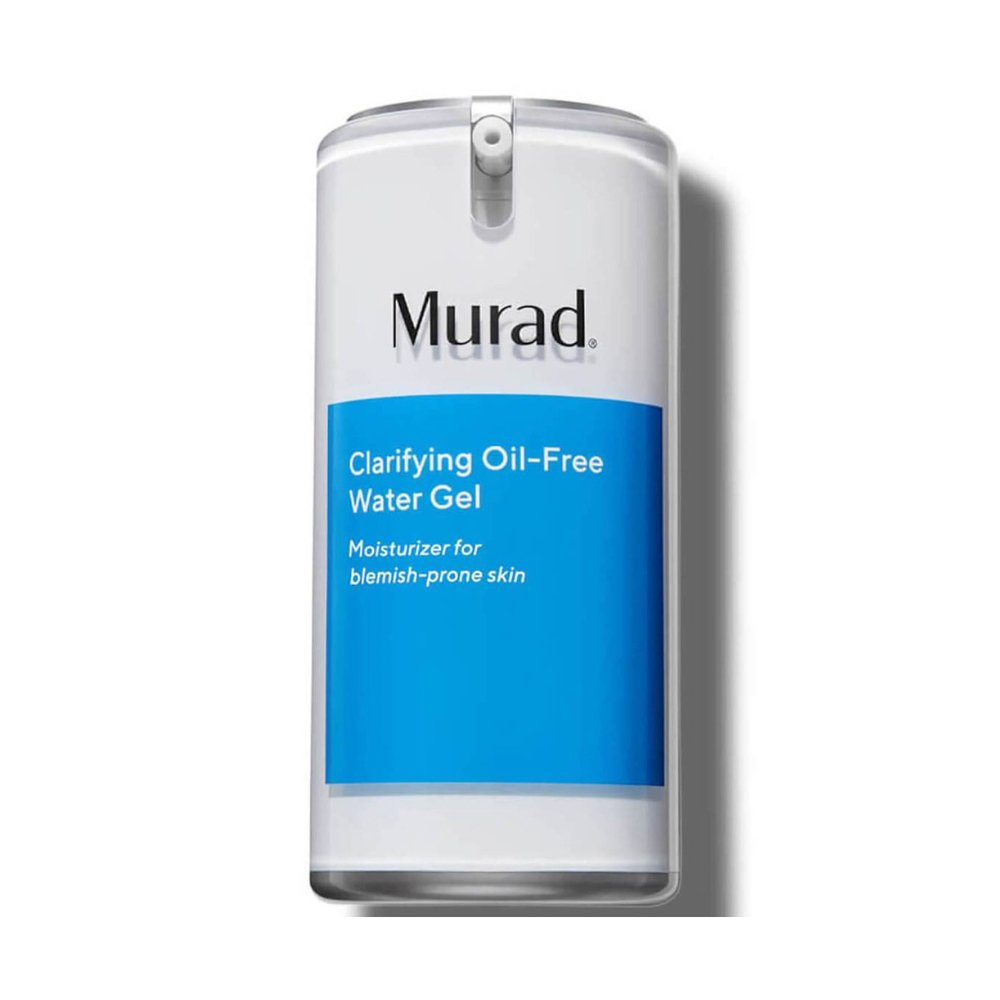
Blemish-prone skin still needs moisture, so it's important you don't strip it of all life or neglect to moisturise it at all. This particular formula is recommended by Dr Mahto and contains hyaluronic acid to deliver hydration to the skin, soothing ginger root extract, and salicylic acid for gentle exfoliation.

Ask any skin expert and they'll tell you that, when it comes to products containing salicylic acid, this is as good as it gets. It's achieved cult status in the skincare world because of its incredible blemish-busting abilities. Make sure you use one of the best facial sunscreens in the morning.
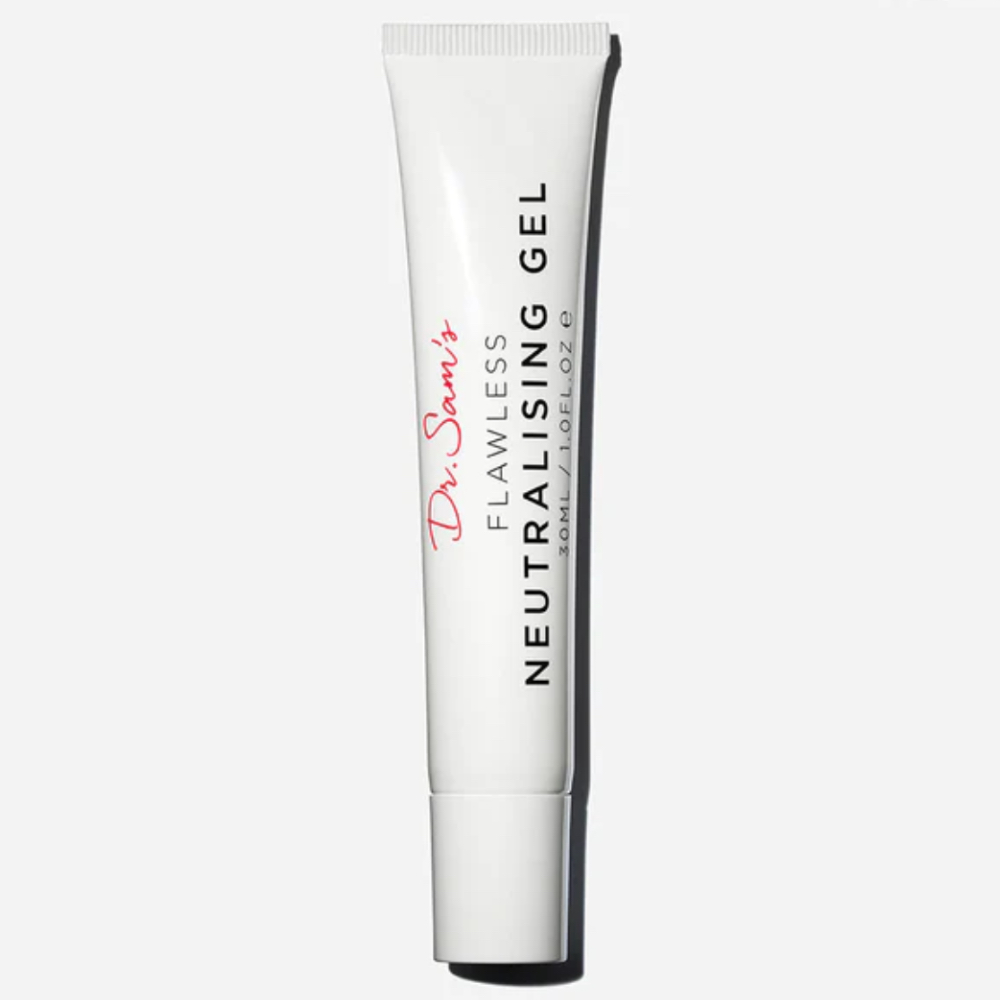
A targeted spot gel is a great product to have in your acne-fighting kit for particularly painful and inflamed spots. Dr Sam Bunting's is a powerful cocktail of azelaic acid, salicylic acid and bakuchiol to reduce a blemish's inflammation and tackle any discoloration it leaves behind.

Lucy is a freelance beauty editor and contributor at Marie Claire, and has also written for titles including Cosmopolitan, Refinery29, Glamour and woman&home. She was previously Marie Claire’s junior beauty editor. During her career, she’s covered everything from backstage beauty at fashion week to interviews with famous faces like Drag Race royalty and Little Mix. As for her beauty ethos, she’s a big advocate for not having to spend a fortune on beauty products to get good results. When she’s not got beauty on the brain you’ll probably find her reading or Netflix-ing.
